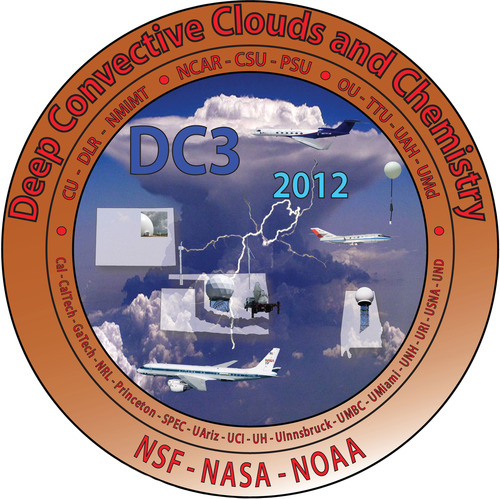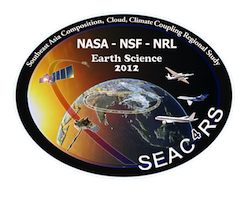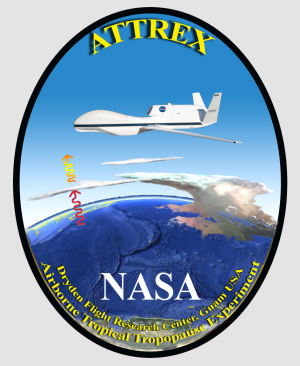|
|
|
|
Airborne Tropical Tropopause Experiment (ATTREX) will perform a series of measurement campaigns using the long-range NASA Global Hawk (GH) unmanned aircraft system (UAS) starting Fall 2011. The most recent deployment has just finished in March of 2013. |
 |
The Deep Convective Clouds and Chemistry (DC3) field campaign is investigating the impact of deep, midlatitude continental convective clouds, including their dynamical, physical, and lightning processes, on upper tropospheric (UT) composition and chemistry. The campaign is making use of extensively instrumented aircraft platforms and ground-based observations. This field mission, based in Salina, Kansas, will run during May and June of 2012.
|
 |
Southeast Asia Composition, Cloud, Climate Coupling Regional Study (SEAC4RS) will take place in August and September of 2013. This deployment will address key questions regarding the influence of Asian emissions on clouds, climate, and air quality as well as fundamental satellite observability of the system.
|




